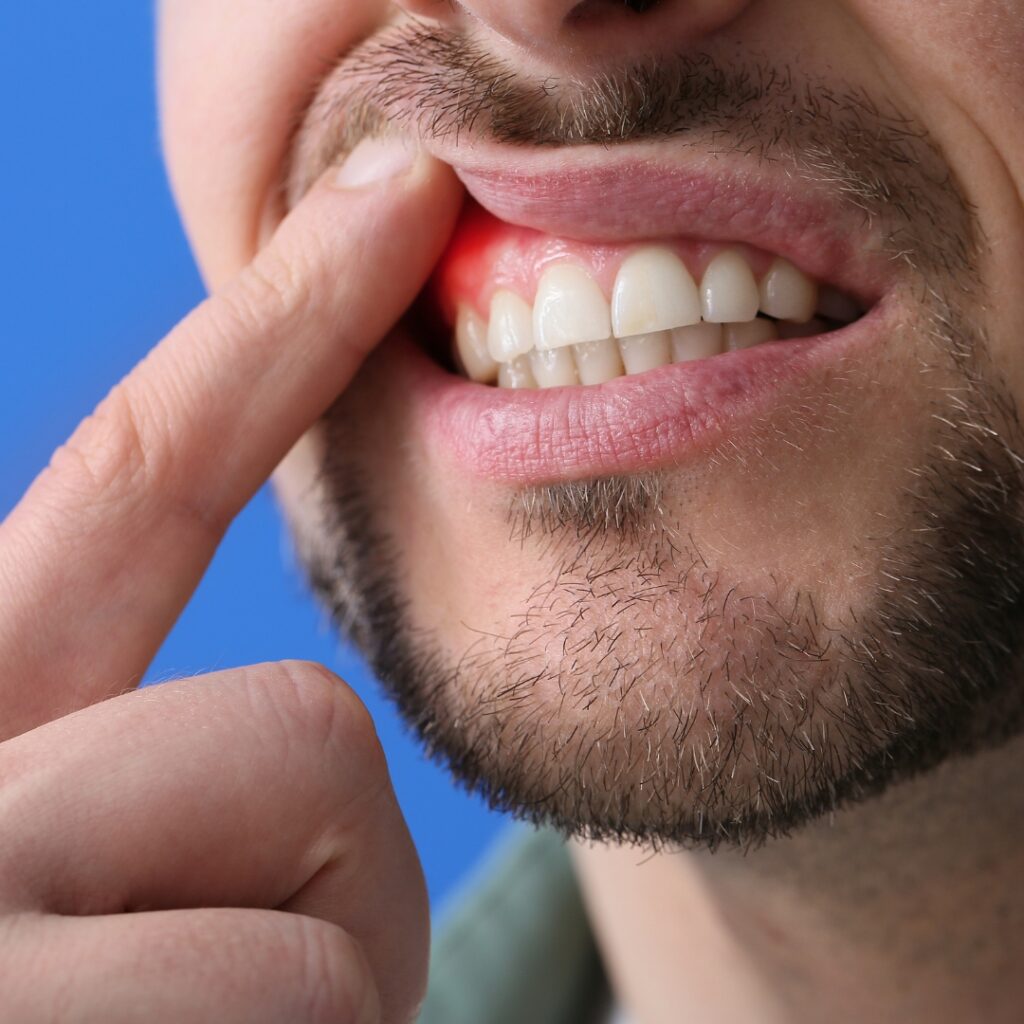
Dental surgery, while often necessary for maintaining oral health, can sometimes leave patients with a temporary and uncomfortable reminder of their treatment: a hole in gum. Whether due to a tooth extraction, gum graft, or other oral procedure, managing this postoperative condition is crucial to ensure proper healing and avoid complications. Understanding how to care for your mouth after surgery and when to seek further help is key to recovery. If you’re seeking guidance, your local Colyton dentist can be a reliable source of support and advice.
Why Does a Hole in the Gum Occur?
A hole in gum is most commonly the result of tooth extraction, particularly wisdom teeth removal. When a tooth is removed, a small socket or depression is left behind. This opening, while normal, needs time and proper care to close and heal fully. In some cases, depending on the complexity of the procedure or the individual’s oral health, healing might take longer and the hole may remain noticeable for several weeks.
Surgical procedures involving the gums—such as flap surgery for gum disease or dental implants—can also lead to temporary gaps in the gum tissue. These holes may vary in size and depth and should be monitored closely throughout the healing period.
The Healing Process: What to Expect
Healing after dental surgery is a gradual process and varies from person to person. In most instances, the hole will start to close within the first week. Complete healing, including tissue regeneration and bone filling in the socket, can take several weeks or even months.
Initially, a blood clot will form in the hole to protect the underlying bone and nerves. This clot is essential for healing and should not be disturbed. If the clot becomes dislodged—a condition known as dry socket—patients may experience intense pain and delayed healing.
Your Colyton dentist will typically provide postoperative instructions tailored to your specific procedure, but here are some general guidelines to follow during recovery.
Caring for a Hole in the Gum: Do’s and Don’ts
Do:
- Follow your dentist’s instructions: Post-surgery care guidelines are designed to protect the healing area. Make sure to adhere to them closely.
- Keep your mouth clean: Use a gentle saltwater rinse to reduce bacteria and promote healing. Avoid commercial mouthwashes unless recommended by your dentist.
- Use cold compresses: If swelling is present, cold compresses can reduce inflammation and discomfort.
- Eat soft foods: Choose soft, non-acidic, and non-spicy foods to prevent irritation. Mashed potatoes, yoghurt, and soups are ideal in the early stages.
- Stay hydrated: Water helps with healing and reduces the risk of dry mouth.
Don’t:
- Avoid smoking and alcohol: Both can interfere with healing and increase the risk of infection.
- Don’t poke or prod the hole: Using your tongue or fingers to inspect the hole can dislodge the clot and introduce bacteria.
- Skip prescribed medications: Antibiotics or painkillers prescribed by your dentist should be taken as directed to reduce discomfort and infection risk.
- Avoid strenuous activities: Physical exertion in the days following surgery can disrupt healing and increase bleeding.
Signs of Trouble: When to See a Dentist
While a hole in gum is usually a normal part of the healing process, there are signs that may indicate complications. Contact your Colyton dentist if you experience any of the following:
- Persistent or worsening pain beyond a few days
- Foul taste or odour from the mouth
- Swelling that increases instead of decreasing
- Pus or discharge from the surgical site
- Fever or general feeling of unwellness
These symptoms could point to an infection or other post-surgical complication that requires prompt attention.
Promoting Faster Healing
In addition to following your dentist’s instructions, there are a few lifestyle changes that can support faster recovery:
- Maintain a balanced diet: Adequate nutrition supports tissue regeneration and boosts the immune system.
- Get plenty of rest: Allow your body to focus on healing by avoiding excessive physical and mental stress.
- Avoid hard toothbrushes near the surgical site: Use a soft-bristled brush and avoid the area until it begins to heal significantly.
- Stay away from extreme temperatures in food and drink: Very hot or cold items can irritate the area and delay healing.
In summary, dental procedures can leave behind a hole in gum, which is a normal part of the post-surgical process. With the right care and attention, most holes will heal naturally and without issue. However, maintaining oral hygiene, avoiding common pitfalls, and seeking guidance from your trusted Colyton dentist are all essential steps in ensuring a smooth and trouble-free recovery. Understanding what to expect and how to manage this condition empowers patients to take an active role in their healing journey. If you ever feel unsure about your recovery or notice symptoms of infection, don’t hesitate to reach out to a professional. Your smile—and your overall health—are worth the extra care.






